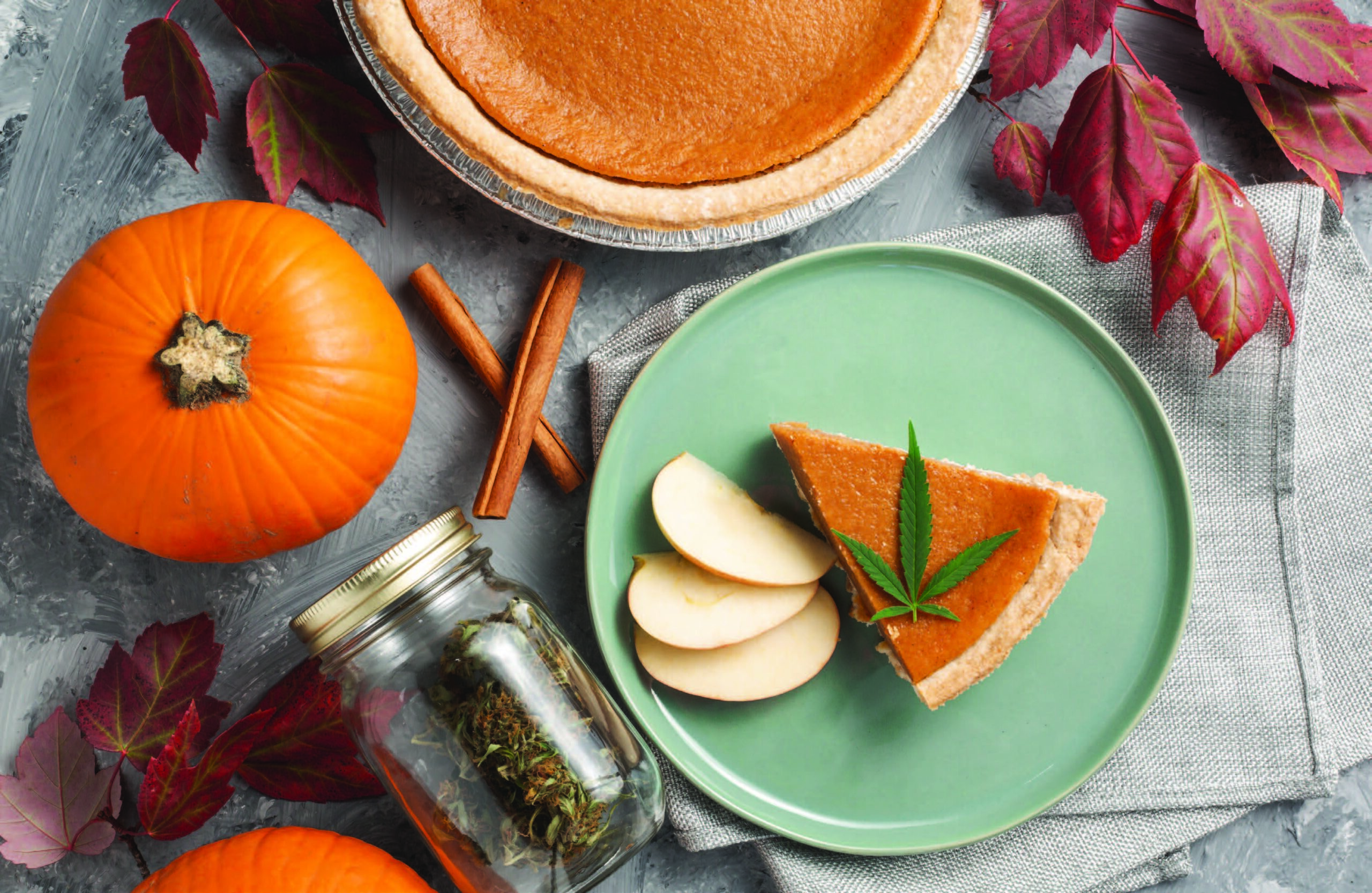I’ve spent the last five months grilling, and I’m not just talking about drinking in the backyard on the weekends. One of my favorite freelance jobs is as a product tester, and the assignment has been grills since April. I’ve received dozens of them – gas, charcoal, kamado, and smokers. Some of them have been large enough to cement permanently into your patio while others are portable enough for camping or tailgating. The UPS and FedEx guys probably call my address “that house,” and they must think I’m a millionaire or something.
I’ve made dozens of burgers and chicken drumsticks, ribs and pulled pork, pretty much eating whatever comes off today’s grill test. Recently, I made so much brisket I had to beg my friends to take it off my hands (I know, I’m a terrible friend). Through it all, I’ve not only learned what works and doesn’t work about the grill itself, but I can say – without a doubt – that grilling is mostly about you: the grill master. You’re in control of the heat and the airflow, and like most cooking, grilling meat and vegetables is all about times and temperatures. If you’re wondering how to get there, practice makes perfect, but you will have to decide your fuel type and heat source before getting started.
Gas versus charcoalBefore volunteering to test over 30 grills, I was a die-hard gas grill fan. They’re just so convenient: walk outside, turn on the propane, and ignite the burner. Ten minutes later, you’re ready to grill. I knew that charcoal grilling produces better flavor, but grilling is grilling, so the flavor difference can’t be that pronounced, right?
Here’s what I’ll tell you now: Charcoal burns hotter, especially if you’re using lump charcoal instead of briquettes. And it definitely, absolutely, without a shadow of a doubt infuses more flavor into your food. The burgers I cooked on charcoal finished faster and tasted way better than the ones cooked over gas. The other thing I’ll say about charcoal grills is that every single grill (regardless of the price) produced good-tasting food with proper coal management and air vent control. So you can totally get away with buying a cheap-o charcoal grill and if you’re good at grilling, no one will be the wiser.
With gas, the learning curve is shorter. You don’t have to learn how to open or close the bottom vent to control temperature, and you certainly don’t have to know how many coals you’ll need to cook a pork shoulder. If grilling scares you, it’s not a bad idea to start with a gas grill. Unfortunately, price here absolutely matters. Inexpensive gas grills have terrible burners, creating uneven heat that can burn half your food while keeping the other half raw. You can work with that, though, if you know where the hot spots are. An easy way to find them is to place slices of sandwich bread along the entire surface of the grill. Turn all the burners to high and give it a few minutes. When you see smoke rising from underneath one of the bread pieces, turn off the burners and flip the bread. The burn pattern will tell you where the grill is hottest and coolest.
Managing heat with direct and indirect cookingIf you just use your grill to cook burgers, veggies, kebobs, and steaks or chops less than an inch and a half thick, you can feel free to skip this section. All you need for these types of food is hot, direct heat to sear your food. But if you’re cooking anything that takes longer than 30 minutes to cook, you’ll want to learn how to make a two-zone fire. This essentially turns your grill into an outdoor oven (and a convection one at that if your grill has multiple air vent locations).
Here’s where the convenience of propane comes in once again. Creating multiple zones on the grill is as easy as igniting the left burner(s) and placing your food on the right side of the grill. On a charcoal grill, you have more choices because you can physically arrange the coals after they’re lit. The most common pattern is to move them to one side of the grill, but you can get fancy with it and move them in a circle around the outside of the grill (or use the opposite technique and pile the coals in the inside like a bullseye). No matter how you do it, arranging the coals so they’re not directly below your food is a great way to keep from charring the shit out of your dinner while you wait for it to cook through.
Mastering heat management and knowing your grill puts you well on your way to becoming a grill master. So get out there and practice. Unless your mistake is really, really bad, it’s usually still edible!
Lindsay Mattison













